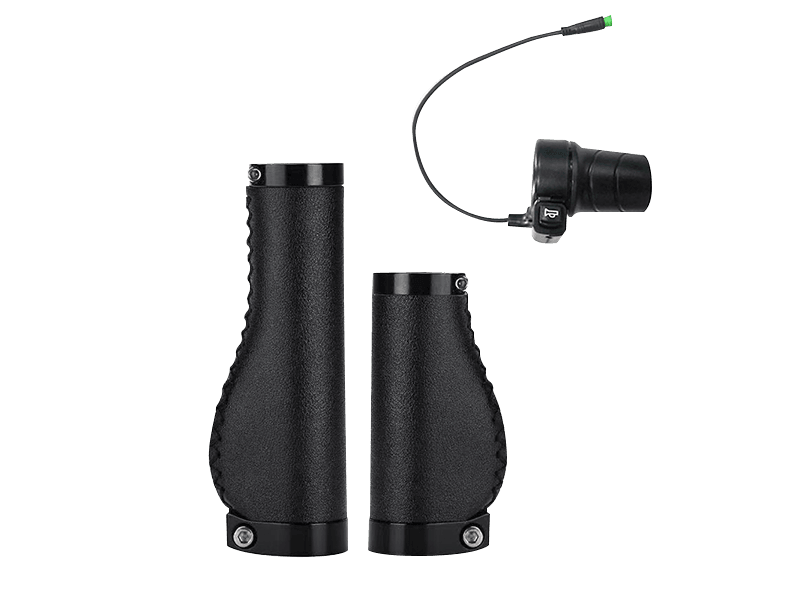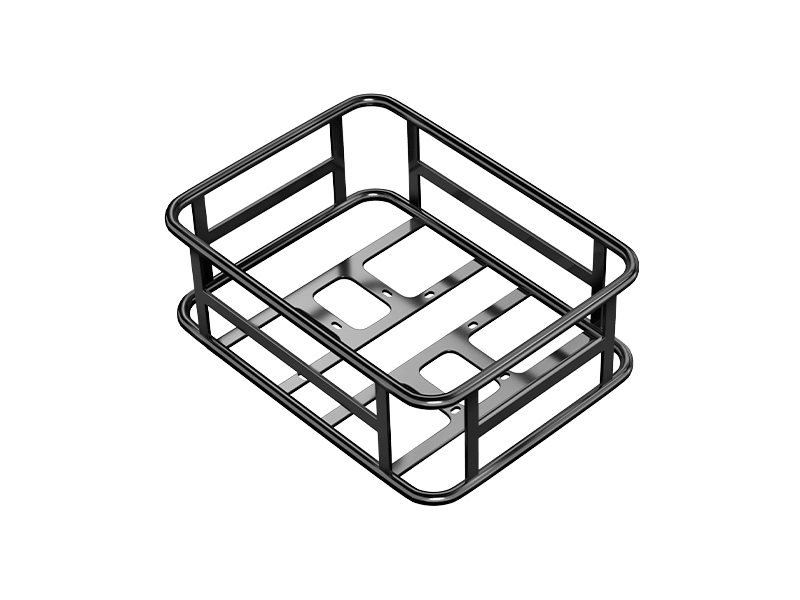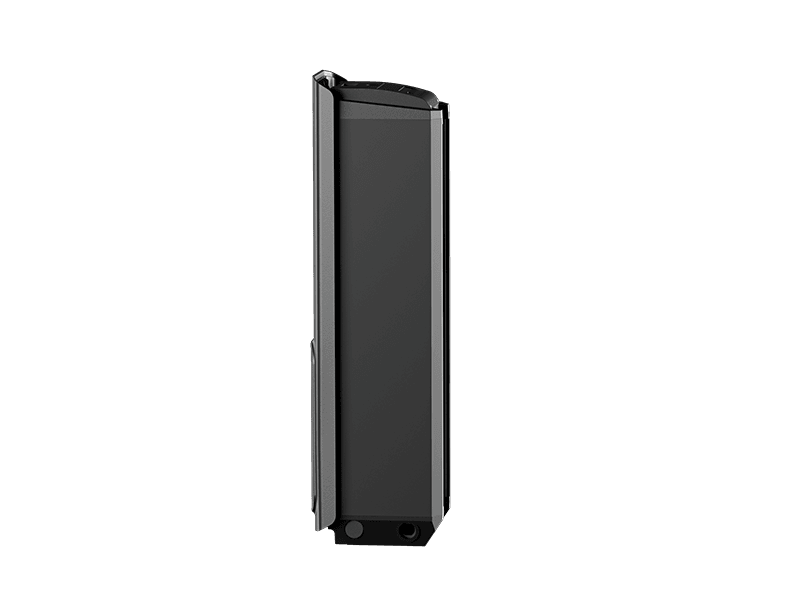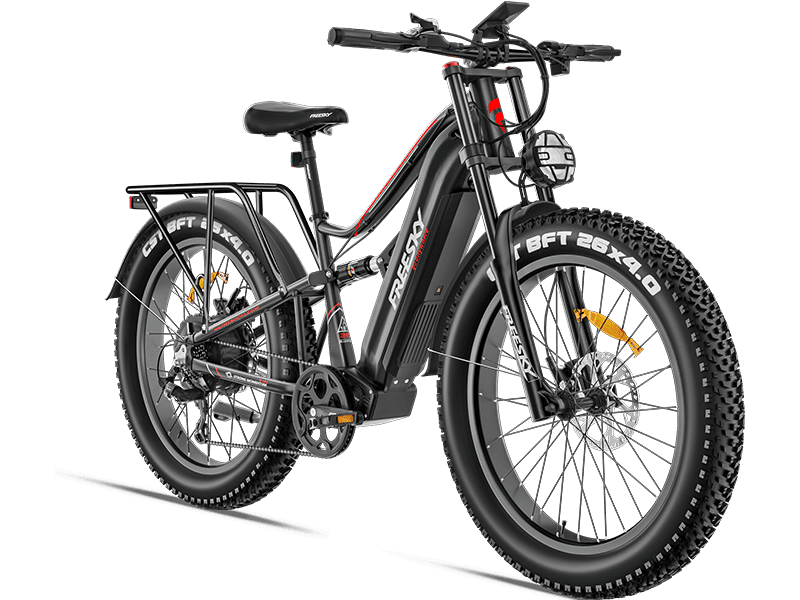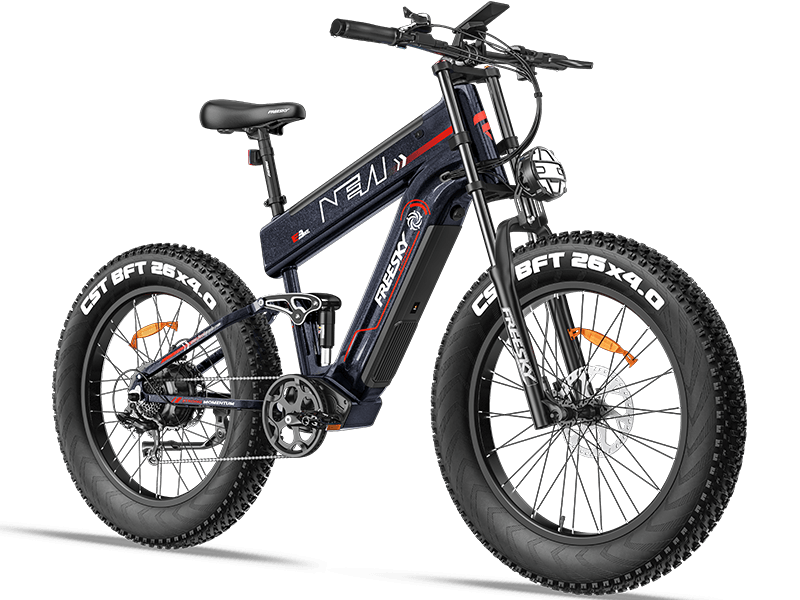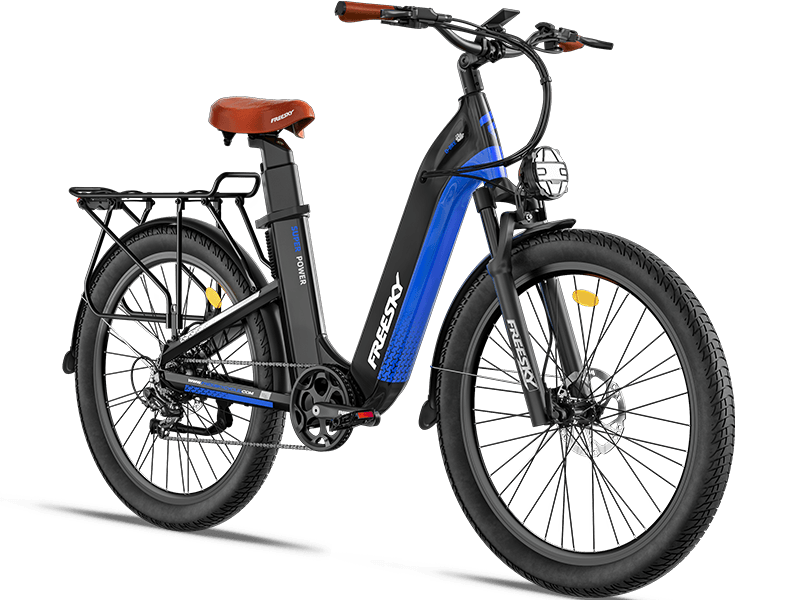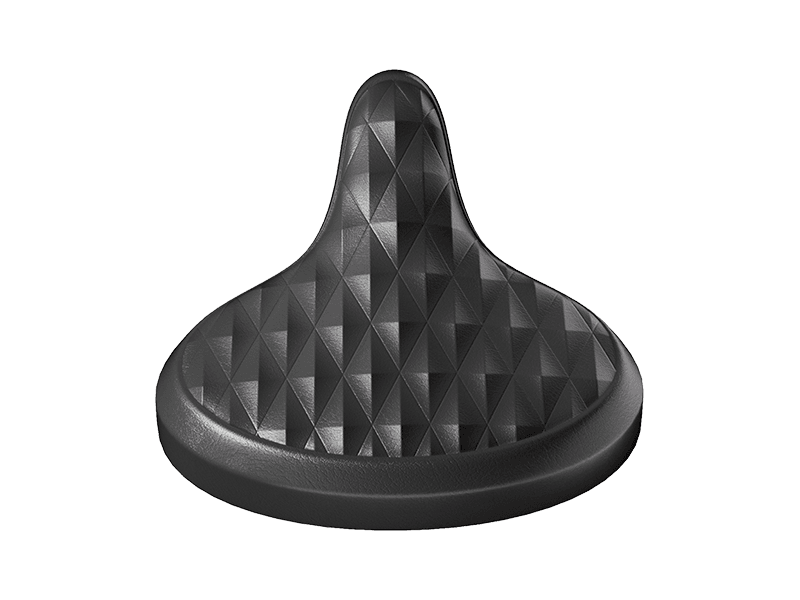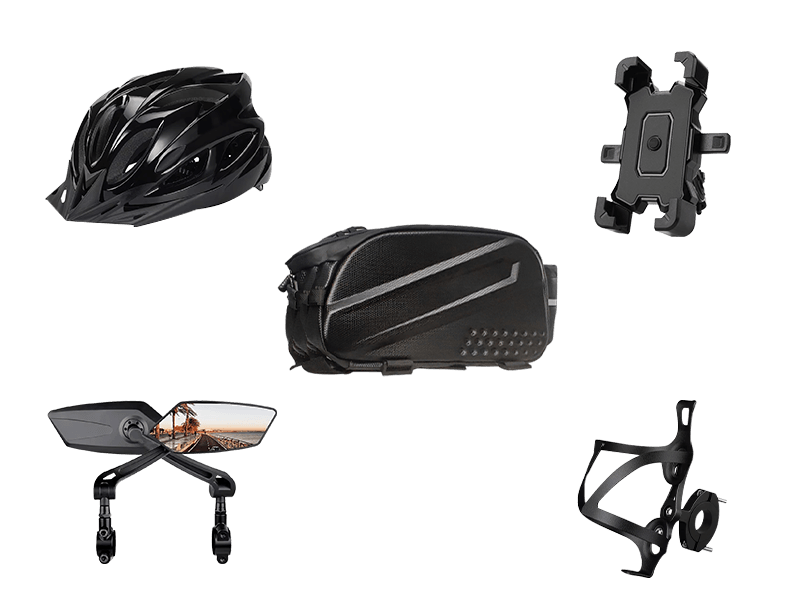Hydraulic vs Mechanical Disc Brakes: Which Is Best for Your E-Bike?
OCT 10, 2025
When it comes to e-bikes, braking performance is crucial for safety and riding enjoyment. Modern electric bicycles rely on disc brakes rather than traditional rim brakes, offering stronger stopping power, better control, and consistent performance in all conditions.
If you’re shopping for an e-bike for commuting, off-road adventures, or long rides, choosing the right disc brake system is essential. FREESKY electric bikes are all equipped with hydraulic disc brakes, ensuring reliable performance for every ride. Let’s explore the differences between hydraulic and mechanical disc brakes to help you make an informed choice.
Hydraulic vs Mechanical Disc Brakes: Key Differences
| Feature | Hydraulic Disc Brakes | Mechanical Disc Brakes |
|---|---|---|
| Braking Power & Efficiency | Superior stopping power, especially on steep descents and in wet conditions | Moderate braking power, may underperform under heavy load or high speed |
| Control & Modulation | Smooth, precise, and highly controllable | Good control, but less refined due to cable actuation |
| Maintenance & Durability | Requires bleeding and occasional fluid replacement, but sealed system ensures durability | Easy maintenance with simple cable replacements and manual pad adjustments; more affected by dirt and weather |
| Cost | Higher upfront and maintenance costs | Lower upfront and maintenance costs |
| Weather Performance | Reliable in rain, mud, and snow | Performance can drop in adverse conditions due to cable contamination |
| Weight | Slightly heavier, minimal impact on overall ride | Lighter, preferred for weight-conscious riders |
| System Complexity | Complex, requires knowledge for bleeding and maintenance | Simple, easy to adjust with basic mechanical skills |
| Potential Issues | Rare fluid leaks can reduce braking power | Cables can stretch or wear, reducing efficiency |
How Disc Brakes Work
Disc brakes slow down your e-bike by applying friction to a metal rotor attached to the wheel hub. The main components include:
- Rotors: Metal discs attached to the wheel; larger rotors offer stronger stopping power.
- Calipers: Hold the brake pads and press them against the rotor when the brake lever is pulled.
- Brake Pads: Friction material that presses on the rotor to create stopping force.
Both hydraulic and mechanical disc brakes work on the same principle: the brake lever activates the system, forcing the brake pads against the rotor. The difference lies in how the force is transmitted.
Hydraulic Disc Brakes
Hydraulic disc brakes use fluid pressure to transfer force from the lever to the caliper. Pulling the brake lever compresses hydraulic fluid, which moves pistons in the caliper to press the pads against the rotor.
Key Components:
- Brake fluid (mineral oil or DOT fluid)
- Hydraulic lines resistant to high pressure
- Master cylinder converting lever pull into hydraulic pressure
- Calipers with pistons
Advantages:
- Superior stopping power in all conditions
- Smooth and precise modulation
- Self-adjusting brake pads for consistent performance
- Durable and resistant to dirt, mud, and water
Disadvantages:
- Requires periodic bleeding and fluid replacement
- Higher initial and maintenance cost
- Rare potential for fluid leaks
Mechanical Disc Brakes
Mechanical disc brakes use cables to transmit force from the lever to the caliper. Pulling the brake lever pulls a cable, activating the caliper to press the pads against the rotor.
Advantages:
- Simple and easy to maintain
- Lower cost than hydraulic brakes
- Quick adjustments without specialized tools
Disadvantages:
- Lower braking power, especially under high load or wet conditions
- Manual pad adjustments required as pads wear
- Cables can stretch or fray over time
Performance Comparison
Braking Power & Control:
Hydraulic disc brakes provide stronger and more consistent braking, ideal for mountain biking, steep descents, or high-speed riding. Mechanical brakes work well for casual or budget-conscious riders but may not match hydraulic performance under extreme conditions.
Weather Performance:
Hydraulic brakes perform reliably in rain, mud, and snow due to the sealed system. Mechanical brakes can be affected by dirt or moisture in the cable housing.
Weight & Ride Impact:
Hydraulic brakes are slightly heavier but generally do not affect overall performance. Mechanical brakes are lighter and may appeal to riders seeking minimal weight.
Maintenance & Durability:
Hydraulic brakes require fluid changes and bleeding for optimal performance, while mechanical brakes need cable replacements and manual pad adjustments. Hydraulic brakes are more resistant to environmental wear, making them ideal for rugged or all-weather riding.
Why Choose FREESKY E-Bikes
All FREESKY electric bikes come with hydraulic disc brakes, providing:
- Reliable, strong braking power in all conditions
- Precise control for safer rides
- Durable performance in harsh weather
- Minimal maintenance compared to other hydraulic systems
Whether you commute daily, explore mountain trails, or ride at high speeds, FREESKY hydraulic disc brakes deliver the safety and performance every e-bike rider needs.
Final Recommendation
For riders who prioritize performance, control, and reliability, hydraulic disc brakes are the clear choice. For those seeking a lower-cost, simpler system, mechanical disc brakes remain a solid option. With FREESKY, you get the advantage of premium hydraulic braking across the entire lineup, ensuring confidence, safety, and a superior riding experience.


